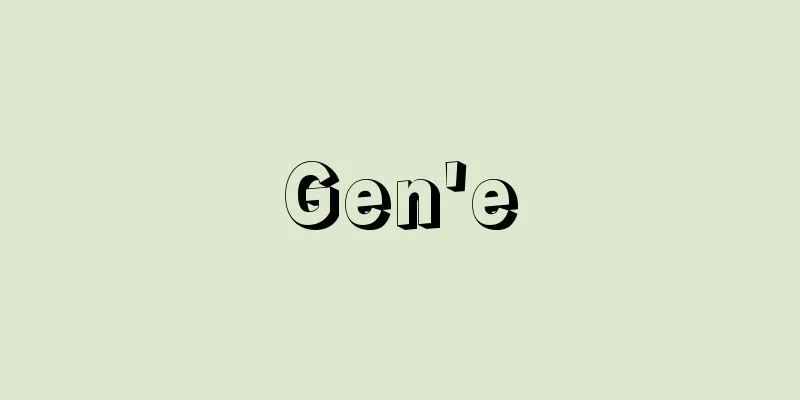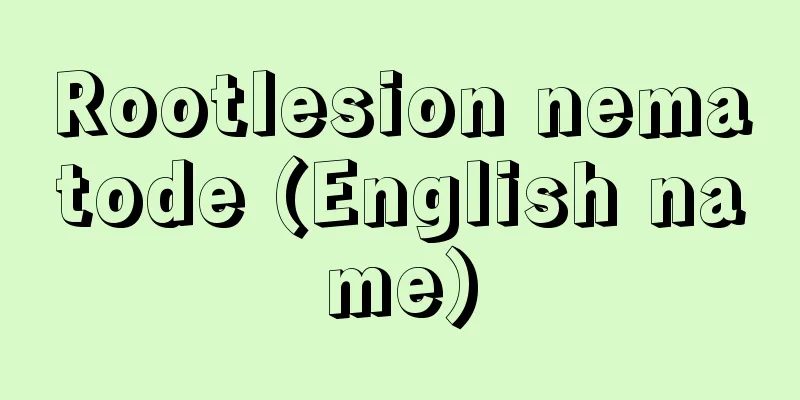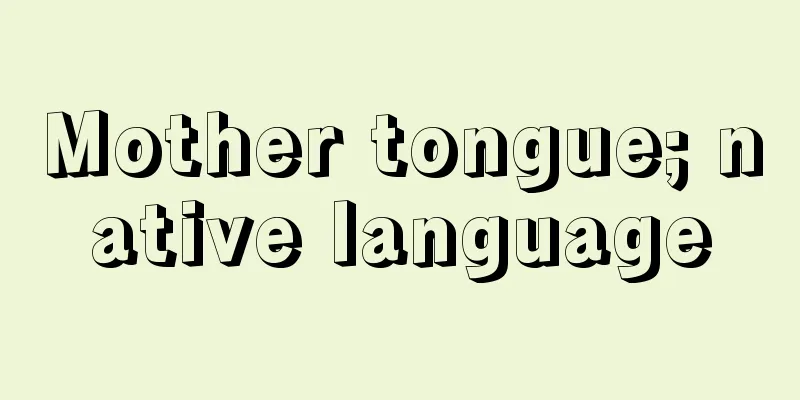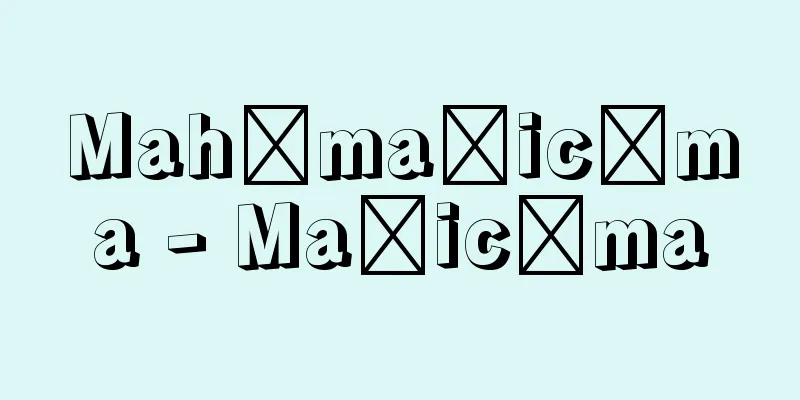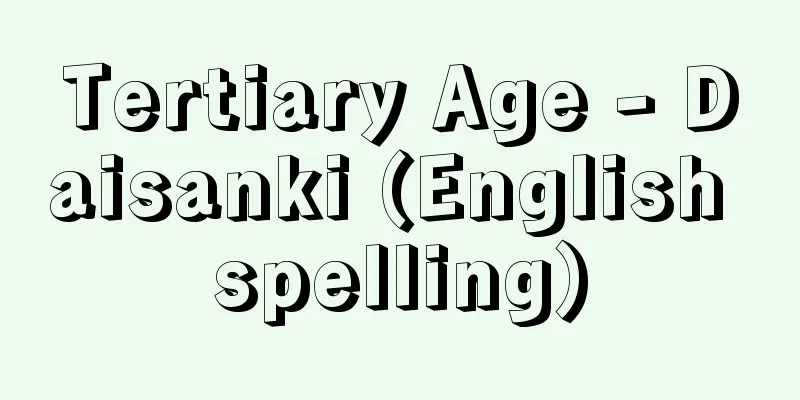Children's Questions

|
This is a book written in the later years of Confucian scholar Ito Jinsai, who opened the Kogido School in Kyoto during the Genroku period (1688-1704) and advocated ancient learning. Unlike the results of Jinsai's research into classic texts, such as "Gomojigi," "Ancient Meanings of the Analects of Confucius," "Ancient Meanings of Mencius," "The Great Learning," and "The Doctrine of the Mean," this book is a collection of individual pieces of paper jotting down thoughts about Confucianism, its study methods, and morality and politics, which were later organized by theme. In 1691 (Genroku 4), he left behind a handwritten manuscript entitled "Dozimon," modeled after Ouyang Xiu's "Dozimon" (Questions on the Book of Changes) from the Song dynasty. Jinsai continued to expand and revise the book throughout his life, during which time he lectured on it at Lord Torii's castle in Minakuchi, Goshu in 1699, and at Kogido in 1703 and 1704, on his 77th birthday. After Jinsai's death, his eldest son, Togai, published the 189 articles in three volumes and three books in 1707 (the 4th year of the Hoei era), and also wrote "Doujimon Hyosaku" (the manuscript of "Doujimon" is currently held at the Tenri Library and by the Kamata family of Tajima). If "Gomen Zigi," written in his prime, is the starting point of the mature period of Jinsai's studies, then this book marks its culmination, and "Bunkai Zakki" states that "these two works give us an understanding of Jinsai's scholarship throughout his life." [Ishida Kazuyoshi] "Ishida Ichiro, "The process of the creation of 'Doujimon' -- especially the position of the newly discovered Kamata family copy" (Biblia vol. 10, 1959, Tenri Library)" ▽ "Ishida Ichiro, 'Ito Jinsai' (1960, Yoshikawa Kobunkan)" [Reference] |Source: Shogakukan Encyclopedia Nipponica About Encyclopedia Nipponica Information | Legend |
|
元禄(げんろく)時代(1688~1704)の京都に古義堂(こぎどう)塾を開いて古義学を唱えた儒学者伊藤仁斎(じんさい)晩年の著書である。『語孟字義(ごもうじぎ)』『論語古義』『孟子(もうし)古義』『大学定本』『中庸発揮(ちゅうようはっき)』のような仁斎の経書研究の成果と異なり、儒学やその研究法ないしは道徳や政治について思うところを紙片に1条ずつ記し蓄え、のちにテーマ別に整理したもので、すでに1691年(元禄4)に宋(そう)の欧陽修(おうようしゅう)の易の『童子問』などに倣って、『童子問』と題した自筆稿本を残している。その後、仁斎は終生、増改訂し続けたが、その間、1699年には江州(ごうしゅう)水口(みなくち)の鳥井侯の城中で、また喜寿を迎えた1703、04年には古義堂でこの書を講じている。仁斎没後、1707年(宝永4)に長男の東涯(とうがい)は189条を3巻3冊に分けて板行し、また『童子問標釈』を著した(『童子問』の稿本は現在、天理図書館や但馬(たじま)鎌田家に襲蔵されている)。 壮年時代の著『語孟字義』を完成期の仁斎学の出発点とすれば、この書はその到達点を示すものであり、「この二著で仁斎一生の学問がわかる」と、『文会雑記(ぶんかいざっき)』に記されている。 [石田一良] 『石田一良「『童子問』の成立過程――特に新発見の鎌田家本の位置について」(『ビブリア』10所収・1959・天理図書館)』▽『石田一良著『伊藤仁斎』(1960・吉川弘文館)』 [参照項目] |出典 小学館 日本大百科全書(ニッポニカ)日本大百科全書(ニッポニカ)について 情報 | 凡例 |
Recommend
Shigar
...It terminates in a glacial tongue at an altitu...
Correction - Kyosei
〘noun〙① To correct bad habits or defects. To strai...
Ochozu - Water basin
〘Noun〙 ("o" is a prefix)① To wash the ha...
Edo-e
〘Noun〙 A single print of ukiyo-e produced in Edo. ...
Kukuljeviĉ, I.
...a nationalist movement and ethnic revival move...
Toluca de Lerdo (English spelling)
...Population: 327,865 (1990). Official name: Tol...
Khumarawayh (English spelling)
…In particular, the national treasury revenues in...
odd pricing
...(1) includes (a) cost-plus pricing, which adds...
Coexistence Congregation - Kyosonshukai
…An association for the purpose of encouraging mu...
wall-cress
...They are found in Honshu, Shikoku, and Kyushu,...
Ruffini's corpuscles
…Thermoreceptors are distributed in the warm spot...
Tempo calendar - Tenpo-reki
This refers to Japan's last lunisolar calenda...
Arsène Lupin
The protagonist of a series of adventure detective...
Usui Seishisha - Usui Seishisha
...Hagiwara Otokichi, Senpei, and Shigejuro of Hi...
UFA
… [The Golden Age: From the Founding of UFA to Ex...




